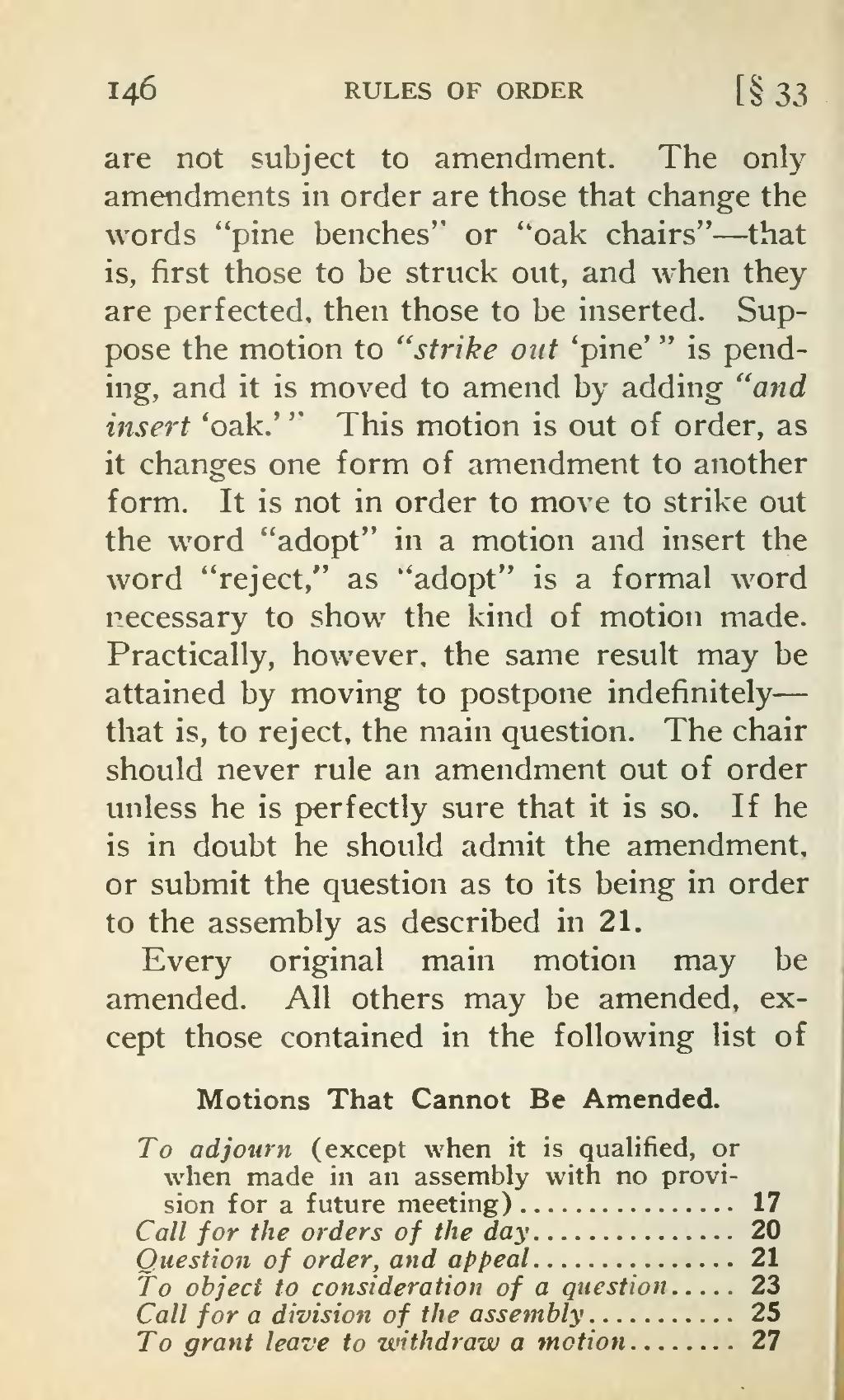DNA purification is an incredibly common and crucial procedure in molecular biology. The goal of DNA purification is the separation of the desired genetic, chromosomal material from contaminants (proteins, cell membranes and RNA). This is an essential step in almost every molecular application and must be performed well to ensure high quality usable DNA.
There are many different approaches for DNA purification. The selection of the method is contingent on a range of factors including the starting materials and downstream applications, as well as cost and time limitations. Typical DNA purification methods include chemical treatment, enzymatic digestion, or mechanical destruction of cell samples or tissue followed by salting out of the proteins and the precipitation of DNA with ethanol.
Ethanol precipitation can be a low-cost, quick and simple method of desalting and concentration DNA. DNA molecules accumulate in the presence monovalent cations such as sodium, and are then removed from the solution by using high concentrations of ethanol. This method allows the removal of organic compounds, and other impurities in a sample. It is frequently used in conjunction with other purification techniques.
Another method of DNA purification is anion exchange chromatography. The interaction between negatively charged DNA phosphate phosphate backbones, as well as the positively charged surface molecules of resins bind DNA in a solvent and positively charged resins. During the binding and washing processes removal of https://mpsciences.com/2021/04/01/types-of-science-products-available/ contaminating molecules from the DNA by stringent washing steps, and the DNA that is purified is eluted under low salt conditions.








